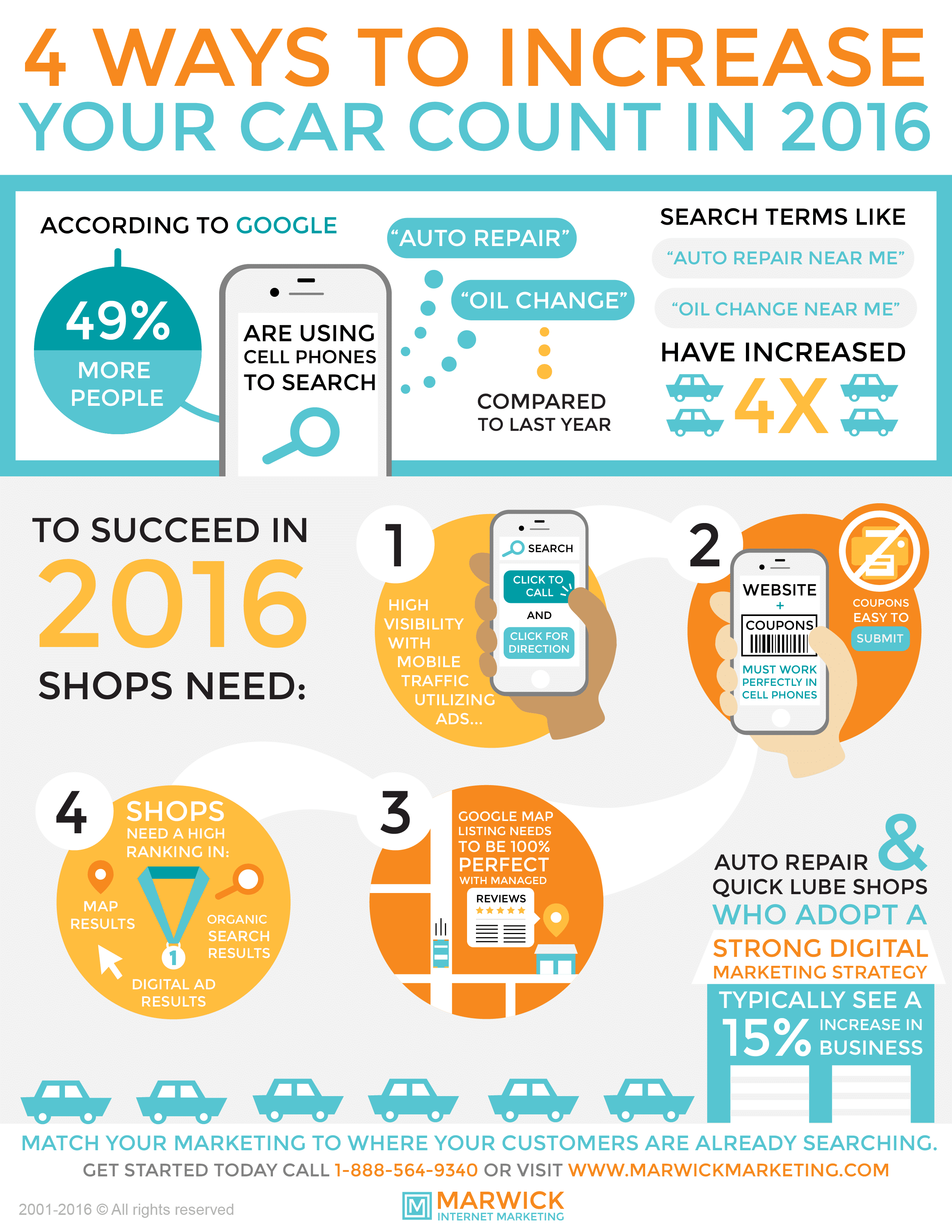A Newcomer'S Manual For Interpreting Your Automobile'S Alert Lights
A Newcomer'S Manual For Interpreting Your Automobile'S Alert Lights
Blog Article
Write-Up By-Udsen Park
When you're behind the wheel, those little caution lights on your car's dashboard can be fairly difficult. What do they indicate, and should you be worried? Recognizing these signals is critical for your vehicle's health, however it does not have to be an overwhelming job. By decoding the secret behind each light, you'll be furnished to manage possible issues efficiently and keep your automobile running efficiently. So, following time a caution light flashes, don't panic - arm yourself with understanding and take control of the situation.
Significance of Auto Caution Lights
Recognizing the value of your auto's caution lights is vital for keeping your vehicle's health and safety. These lights serve as your automobile's communication system, alerting you to possible problems that can jeopardize your security when traveling or result in costly fixings if disregarded. By taking note of these warnings, you can resolve problems early and avoid further damages to your automobile.
Overlooking advising lights can result in major consequences, such as engine failure, brake breakdowns, or even accidents. These lights are developed to inform you of concerns varying from reduced tire pressure to engine malfunctions, providing you the chance to take action before the situation worsens. Frequently checking and comprehending these warnings can save you time, money, and ensure your security while driving.
In addition to maintaining you secure, reacting immediately to advising lights can additionally assist extend the life-span of your vehicle. By attending to issues early on, you can avoid small troubles from rising into major repair work, inevitably conserving you time and money in the long run. Bear in mind, your vehicle's warning lights are there for a reason - do not overlook them!
Common Warning Lighting and Meanings
When it concerns driving your car, understanding usual warning lights and their definitions is crucial for your safety and automobile maintenance. Here are a couple of typical caution lights you might experience:
1. ** Inspect Engine Light **: This light indicates a concern with your engine. Maybe something minor like a loose gas cap or something a lot more severe like engine misfiring.
2. ** Battery Light **: This light signals a trouble with your car's billing system. It can suggest a malfunctioning battery, alternator, or other related components.
3. ** Oil Pressure Light **: When this light comes on, it indicates your engine may be running low on oil or experiencing reduced oil stress, which can lead to engine damage if not resolved quickly.
4. ** Brake System Light **: This light shows a problem with your stopping system. It could mean low brake liquid levels or an issue with the brake system that needs instant attention.
Understanding these common caution lights will certainly assist you determine prospective problems early and stop more significant problems down the road.
Exactly how to React To Caution Lighting
On the occasion that a warning light brightens on your car's dashboard, it's vital to react immediately and appropriately. When a caution light comes on, the initial step is to consult your owner's guidebook to understand the particular issue indicated by the light.
Some lights call for immediate focus, while others might suggest a less urgent issue. If the warning light is red or flashing, it's usually an indicator of a severe trouble that needs prompt action. In such instances, it's suggested to pull over safely, switch off the engine, and seek specialist assistance.
For yellow or orange caution lights, while they might not need immediate attention, it's still essential to attend to the underlying issue quickly to avoid further damage. Regular upkeep and examination can help avoid cautioning lights from coming on suddenly.
Conclusion
Finally, recognizing your car's caution lights is important for preserving your car's health and wellness. By on https://brakes40517.ambien-blog.com/36524811/an-indispensable-resource-describing-the-essential-tools-in-each-automobile-repair-shop-unveiling-the-approaches-for-reliable-automobile-maintenance inspecting and reacting to these warnings, you can resolve prospective concerns early and stop costly fixings or safety and security risks. Keep in simply click the next site to consult your owner's manual for information on various warning lights and always take immediate action for red or blinking lights. Keep proactive and maintain your vehicle running smoothly!
